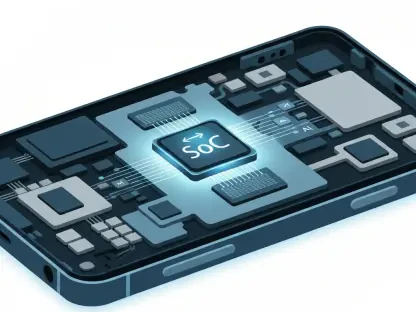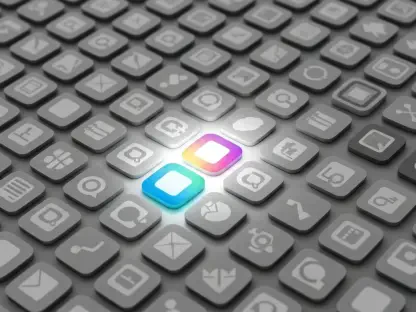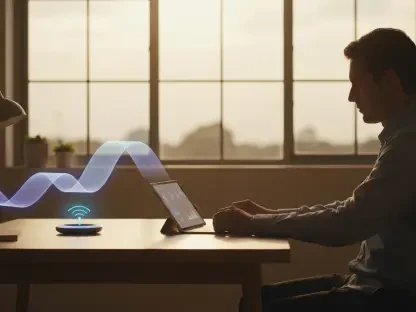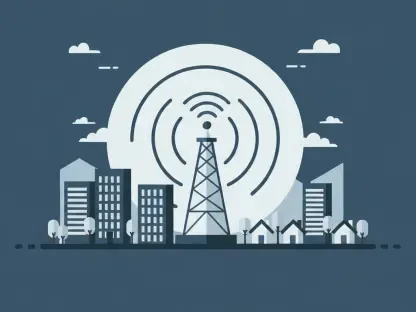In a surprising turn of events that has left tech enthusiasts and industry analysts buzzing with speculation, Apple has postponed the launch of its much-anticipated next-generation iPhone Air, a device once heralded as a bold step forward in smartphone design with its ultra-thin profile. Originally expected to debut alongside the iPhone 18 Pro models in the fall of the coming year, this delay has cast uncertainty over the future of a product that many saw as a potential game-changer. The decision reflects deeper challenges within Apple’s lineup strategy, balancing innovation with market demand. As fans express disappointment over the shelved update, questions arise about what this means for the iPhone Air’s unique position in the competitive smartphone landscape and whether Apple can address the design and performance issues that have hindered its success.
Unpacking the iPhone Air’s Journey
Design Innovations and Compromises
The iPhone Air, distinctively branded without a numerical tie to models like the iPhone 17, has carved out a niche with its strikingly slim design, achieved by integrating most components into a prominent camera plateau. This innovative approach, while visually striking, comes with significant trade-offs that have impacted user experience. Notably, the device features only a single rear camera, a solitary speaker, and a smaller battery compared to counterparts in the same lineup. These limitations have drawn criticism from users expecting more robust functionality, even in a compact form. While the sleek aesthetic appeals to those prioritizing portability and style, the sacrifices in performance and features have raised questions about the device’s practicality for everyday use. Apple’s attempt to push boundaries with this design is commendable, yet it appears to have misjudged the balance between form and function, leading to a product that struggles to meet broader consumer expectations in a market that demands versatility.
Market Reception and Sales Struggles
Despite its groundbreaking design, the iPhone Air has faced an uphill battle in capturing a significant share of the smartphone market, with sales figures falling short of Apple’s projections. Insufficient marketing efforts have played a role, as the company directed much of its promotional focus toward flagship models like the iPhone 17 Pro, leaving the Air overshadowed and underappreciated. This lack of visibility has hindered its ability to resonate with a wider audience, even among those who might value a large screen in a lighter package. Production cuts followed as a direct response to disappointing demand, echoing the challenges faced by other niche models in Apple’s history, such as the iPhone Mini and iPhone Plus. These parallels suggest a recurring difficulty in positioning fourth-tier iPhones as must-have devices. The muted reception underscores a critical lesson for Apple: innovation alone isn’t enough without a clear strategy to communicate a product’s unique value to potential buyers.
Strategic Implications and Future Prospects
Apple’s Broader Launch Strategy
Apple’s decision to delay the iPhone Air aligns with a broader pattern of staggered product releases aimed at optimizing sales and profitability across its portfolio. For instance, while the iPhone 18 Pro and Pro Max are slated for a fall debut next year alongside a rumored foldable device, the base iPhone 18 is planned for a spring release the following year, accompanied by a more budget-friendly variant. This approach minimizes overlap between models, preventing the base versions from eroding the appeal of premium offerings. Delaying the iPhone Air fits into this calculated strategy, allowing Apple to reassess its place in the lineup without risking oversaturation. Such timing decisions reflect a cautious effort to balance cutting-edge releases with market readiness, ensuring each product has space to shine. However, this also highlights the challenge of managing consumer expectations when a highly anticipated device like the iPhone Air is put on hold, potentially affecting brand momentum.
Potential Enhancements and Revival Hopes
Looking ahead, speculation abounds about how Apple might revitalize the iPhone Air if it chooses to revisit the project with renewed focus. Proposed enhancements include adding a second rear camera to improve photographic capabilities, incorporating vapor chamber cooling for better thermal management, and expanding battery capacity to address one of the most persistent criticisms. These upgrades could transform the device into a more competitive option, appealing to users who seek a lightweight yet powerful smartphone. Beyond hardware improvements, a stronger marketing push could help redefine the Air’s identity, positioning it as a distinct alternative for a specific demographic rather than a secondary choice. While the future remains uncertain, these potential changes offer a glimmer of hope for fans who believe in the device’s vision. Apple’s ability to learn from past missteps and adapt its approach will be crucial in determining whether the iPhone Air can carve out a lasting niche in an ever-evolving market.
Reflecting on a Bold Experiment
In retrospect, Apple’s handling of the iPhone Air stood as a daring experiment that pushed the boundaries of smartphone design, yet stumbled under the weight of practical limitations and market dynamics. The ultra-thin profile garnered admiration from a dedicated few, but the compromises in functionality and the lack of promotional support ultimately led to underwhelming sales. As the company paused plans for the next iteration, it became evident that strategic caution and consumer feedback shaped this pivotal decision. Moving forward, Apple faced the opportunity to refine this vision by addressing core issues with enhanced features and a clearer market strategy. The possibility of a reimagined iPhone Air lingered as a testament to the potential for innovation, provided the right balance was struck. This chapter in Apple’s history served as a reminder that even the boldest ideas required careful nurturing to thrive, offering a foundation for future endeavors in redefining what a smartphone could be.









